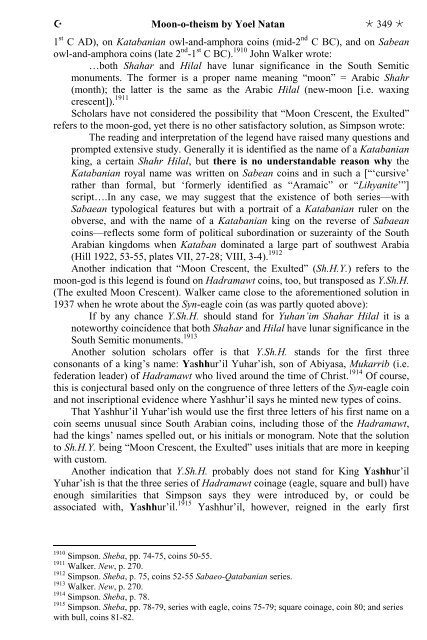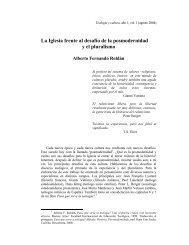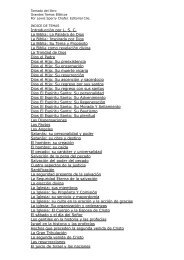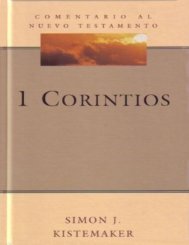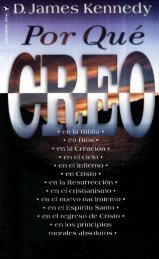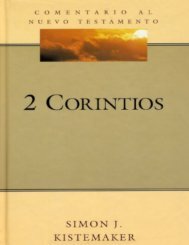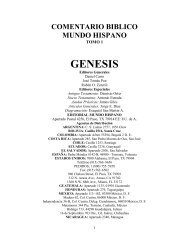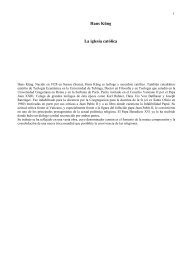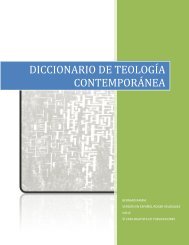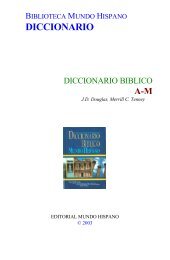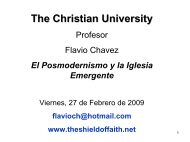Moon-o-theism: Religion of a War- and Moon-god Prophet
Moon-o-theism: Religion of a War- and Moon-god Prophet
Moon-o-theism: Religion of a War- and Moon-god Prophet
- No tags were found...
You also want an ePaper? Increase the reach of your titles
YUMPU automatically turns print PDFs into web optimized ePapers that Google loves.
<strong>Moon</strong>-o-<strong>theism</strong> by Yoel Natan 349 1 st C AD), on Katabanian owl-<strong>and</strong>-amphora coins (mid-2 nd C BC), <strong>and</strong> on Sabeanowl-<strong>and</strong>-amphora coins (late 2 nd -1 st C BC). 1910 John Walker wrote:…both Shahar <strong>and</strong> Hilal have lunar significance in the South Semiticmonuments. The former is a proper name meaning “moon” = Arabic Shahr(month); the latter is the same as the Arabic Hilal (new-moon [i.e. waxingcrescent]). 1911Scholars have not considered the possibility that “<strong>Moon</strong> Crescent, the Exulted”refers to the moon-<strong>god</strong>, yet there is no other satisfactory solution, as Simpson wrote:The reading <strong>and</strong> interpretation <strong>of</strong> the legend have raised many questions <strong>and</strong>prompted extensive study. Generally it is identified as the name <strong>of</strong> a Katabanianking, a certain Shahr Hilal, but there is no underst<strong>and</strong>able reason why theKatabanian royal name was written on Sabean coins <strong>and</strong> in such a [“‘cursive’rather than formal, but ‘formerly identified as “Aramaic” or “Lihyanite’”]script….In any case, we may suggest that the existence <strong>of</strong> both series—withSabaean typological features but with a portrait <strong>of</strong> a Katabanian ruler on theobverse, <strong>and</strong> with the name <strong>of</strong> a Katabanian king on the reverse <strong>of</strong> Sabaeancoins—reflects some form <strong>of</strong> political subordination or suzerainty <strong>of</strong> the SouthArabian kingdoms when Kataban dominated a large part <strong>of</strong> southwest Arabia(Hill 1922, 53-55, plates VII, 27-28; VIII, 3-4). 1912Another indication that “<strong>Moon</strong> Crescent, the Exulted” (Sh.H.Y.) refers to themoon-<strong>god</strong> is this legend is found on Hadramawt coins, too, but transposed as Y.Sh.H.(The exulted <strong>Moon</strong> Crescent). Walker came close to the aforementioned solution in1937 when he wrote about the Syn-eagle coin (as was partly quoted above):If by any chance Y.Sh.H. should st<strong>and</strong> for Yuhan’im Shahar Hilal it is anoteworthy coincidence that both Shahar <strong>and</strong> Hilal have lunar significance in theSouth Semitic monuments. 1913Another solution scholars <strong>of</strong>fer is that Y.Sh.H. st<strong>and</strong>s for the first threeconsonants <strong>of</strong> a king’s name: Yashhur’il Yuhar’ish, son <strong>of</strong> Abiyasa, Mukarrib (i.e.federation leader) <strong>of</strong> Hadramawt who lived around the time <strong>of</strong> Christ. 1914 Of course,this is conjectural based only on the congruence <strong>of</strong> three letters <strong>of</strong> the Syn-eagle coin<strong>and</strong> not inscriptional evidence where Yashhur’il says he minted new types <strong>of</strong> coins.That Yashhur’il Yuhar’ish would use the first three letters <strong>of</strong> his first name on acoin seems unusual since South Arabian coins, including those <strong>of</strong> the Hadramawt,had the kings’ names spelled out, or his initials or monogram. Note that the solutionto Sh.H.Y. being “<strong>Moon</strong> Crescent, the Exulted” uses initials that are more in keepingwith custom.Another indication that Y.Sh.H. probably does not st<strong>and</strong> for King Yashhur’ilYuhar’ish is that the three series <strong>of</strong> Hadramawt coinage (eagle, square <strong>and</strong> bull) haveenough similarities that Simpson says they were introduced by, or could beassociated with, Yashhur’il. 1915 Yashhur’il, however, reigned in the early first1910 Simpson. Sheba, pp. 74-75, coins 50-55.1911 Walker. New, p. 270.1912 Simpson. Sheba, p. 75, coins 52-55 Sabaeo-Qatabanian series.1913 Walker. New, p. 270.1914 Simpson. Sheba, p. 78.1915 Simpson. Sheba, pp. 78-79, series with eagle, coins 75-79; square coinage, coin 80; <strong>and</strong> serieswith bull, coins 81-82.


